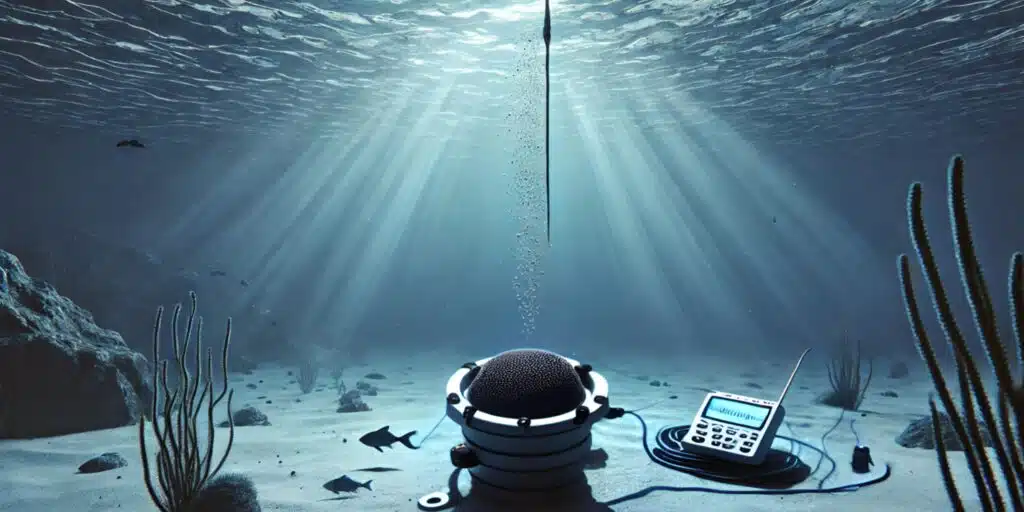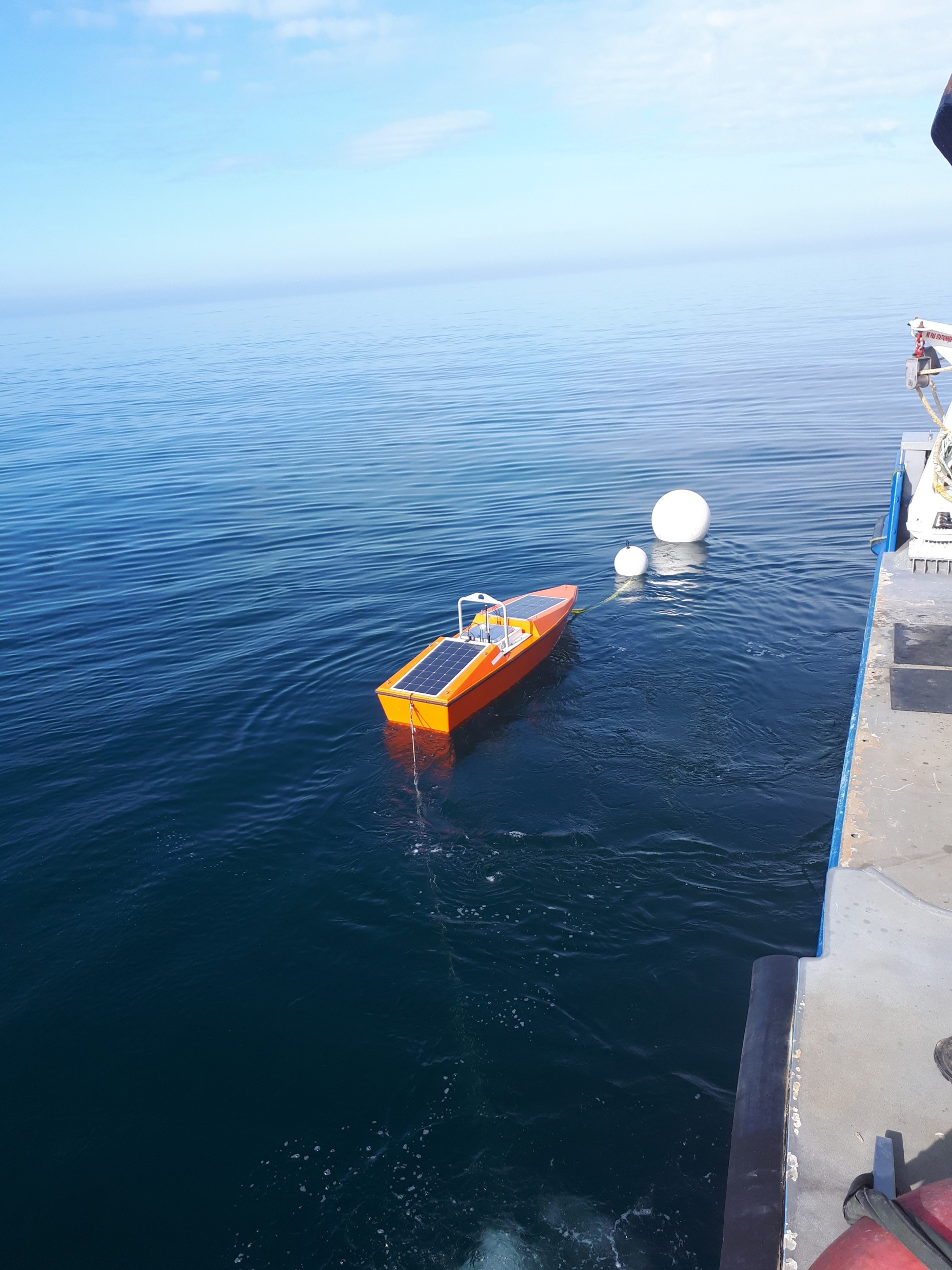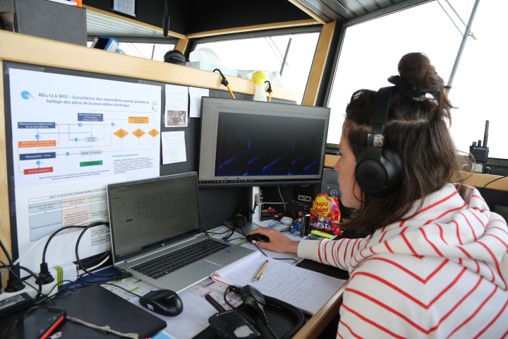Protecting Species & Biodiversity
Underwater acoustic monitoring allows researchers to track marine animals like whales, dolphins, and fish, helping them understand behavior, migrations, and habitat use. This supports efforts to preserve biodiversity and promote sustainable fishing practices.




